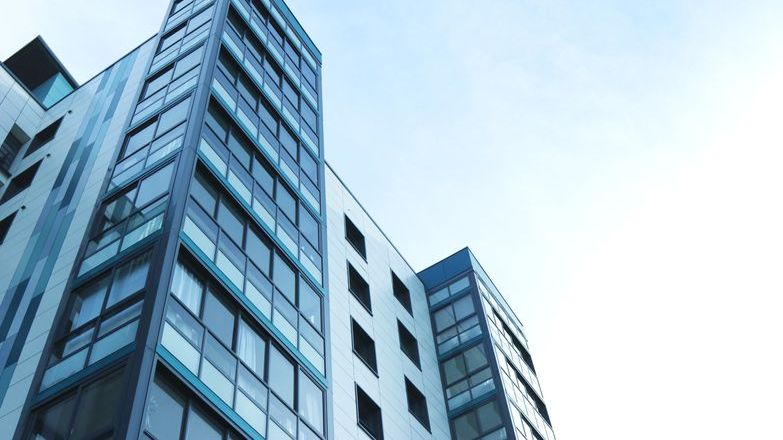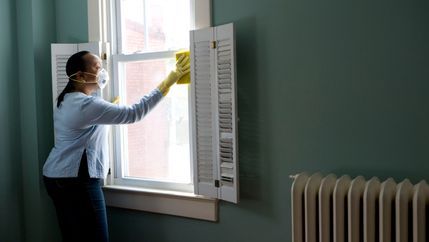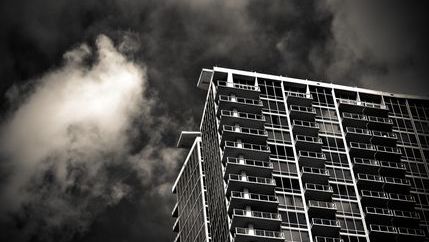
A toolkit of measures has been introduced to enhance the ability of building owners, landlords and leaseholders to seek compensation for historical building safety defects and the use of defective or unsafe products.
Building Safety Act 2022
Those responsible for shoddy workmanship or the supply of defective construction products will bear the responsibility to make buildings safe. Some have acted and funded remediation, however, there are still many who seek to avoid their responsibilities which is why the Building Safety Act 2022 has provided new rights to redress.
The Act brought forward legal protections for leaseholders in England from historical building safety costs in buildings above 11 metres or five storeys. It legally protects qualifying leaseholders (those living in their own homes or with up to three UK properties in total) from all costs relating to the remediation of unsafe cladding.
More information on the leaseholder protections can be found in the FAQs and guidance.
Defective Premises Act 1972
Section 1 of the Defective Premises Act 1972 requires those involved in constructing a dwelling to ensure it is fit for habitation when completed. The courts have held that dwellings need to remain fit for habitation for a reasonable period after that. If it is not, a claim can be brought by the person who originally commissioned the dwelling, or any person subsequently acquiring a ‘legal or equitable interest’, e.g., building owner, homeowner, or leaseholder.
The Building Safety Act 2022 has substantially increased the period a claim can be made following the completion of the defective work under section 1 of the Defective Premises Act 1972, and applies in England and Wales.
The limitation period has been extended retrospectively from six to 30 years. This means that claims can be brought for work that was completed up to 30 years prior to the relevant provision of the Act coming into force (on 28 June 1992). The limitation period has been extended prospectively from six to 15 years.
For future work, the Act has significantly expanded the type of work that is subject to the duty under the Defective Premises Act 1972. It will now include refurbishments and other work to an existing dwelling.
This change allows building owners, homeowners, and leaseholders to seek compensation through the civil courts for unacceptable work undertaken. As this is a new provision, this change only applies prospectively (so to work completed on and after 28 June 2022).
Building Liability Orders
Property developers commonly set up a subsidiary company with very few assets to own and manage an individual development, which can be wound down once the development is completed. This practice can be used to secure investment in a project, but the consequence is that it leaves the developer group with no long-term civil liability.
The High Courts can now extend specific liabilities for one company to other associated companies and make them jointly and severally liable, and this applies to England and Wales only.
Construction Products Cause of Action
A new cause of action will enable claims against construction product manufacturers and sellers for their role in causing problems associated with building safety. This applies to England, Wales and Scotland.
This is subject to a 30-year limitation period retrospectively and applies to cladding products only. The cause of action is also subject to a 15-year limitation period prospectively and applies to all construction products. Compensation for physical damage (including injury and damage to property) as well as economic losses can be recovered.




